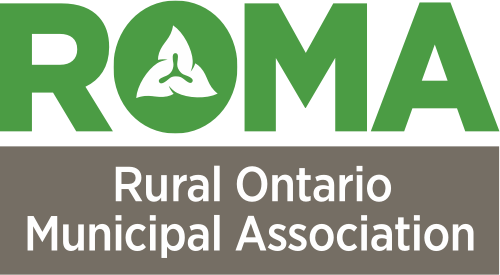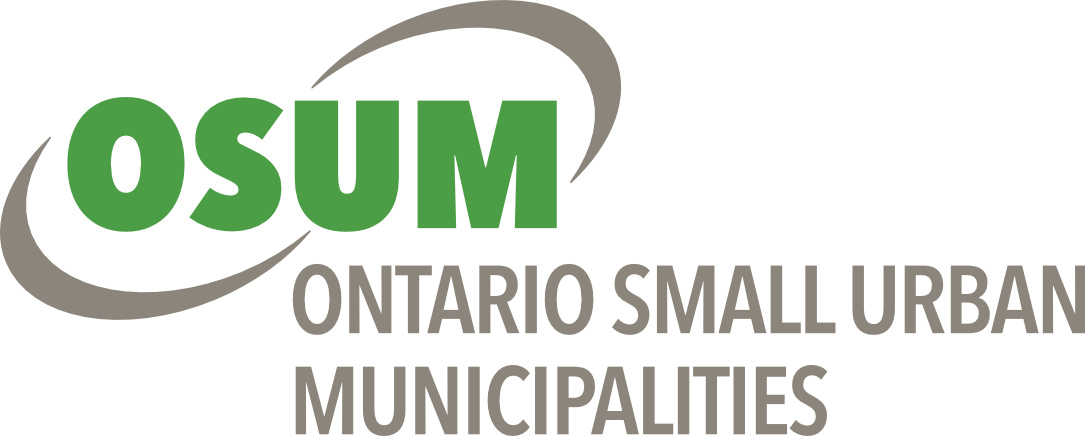Anticipating Emerging Risks Such as Climate Change
Local governments can respond to climate change through a combination of mitigation and adaptation strategies.
Municipal assets such as transportation systems, water management systems and facilities are vulnerable to climate change which can increase the cost of delivering desired service levels with a higher risk of failure and potential service consequences.
Integrating climate change mitigation and adaptation into asset management provides a systematic approach for evaluating trade-offs between service, cost, and risk for built and natural assets. It makes use of existing processes and helps local governments to balance investments, working toward the goal of sustainable service delivery.
There are opportunities for councils to consider mitigation and adaptation to climate change when investment decisions are made throughout the asset lifecycle, which includes planning and design, construction, maintenance, rehabilitation and decommission. Some municipalities are working to add ‘green infrastructure’ options as part of their asset lifecycle management, such as the City of Thunder Bay’s use of low-impact development options in stormwater management.
The best time to prepare for future design needs is in today’s renewal opportunities. Small improvements in design flexibility today can unlock significant long-term cost savings by enabling cost effective disaster mitigation and improving building resilience and operational flexibility. Future infrastructure could be designed so that inspection, maintenance or replacement of any of your assets does not require a full shutdown.
For example, if a road washes out and must be replaced, it is the best time to update the technical standards to ensure the road and drainage systems can withstand a 100-year storm in the future. Taking advantage of these opportunities requires insight and understanding of future design needs in advance, as well as the ability to leverage climate modelling forecasts.





